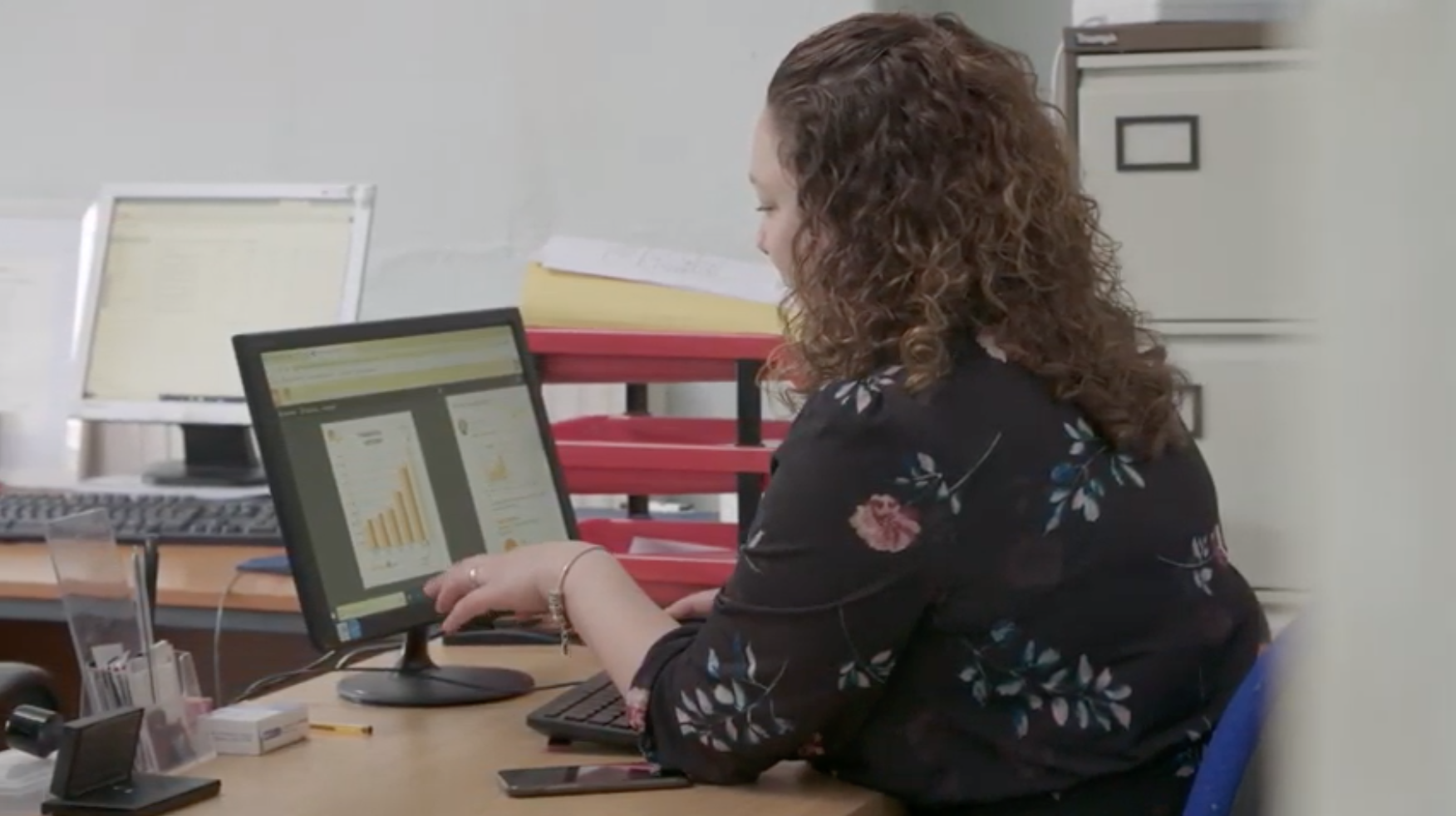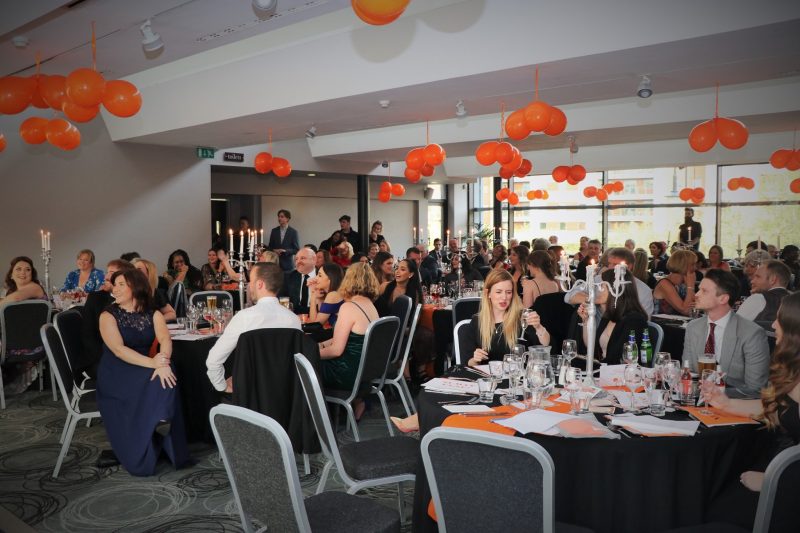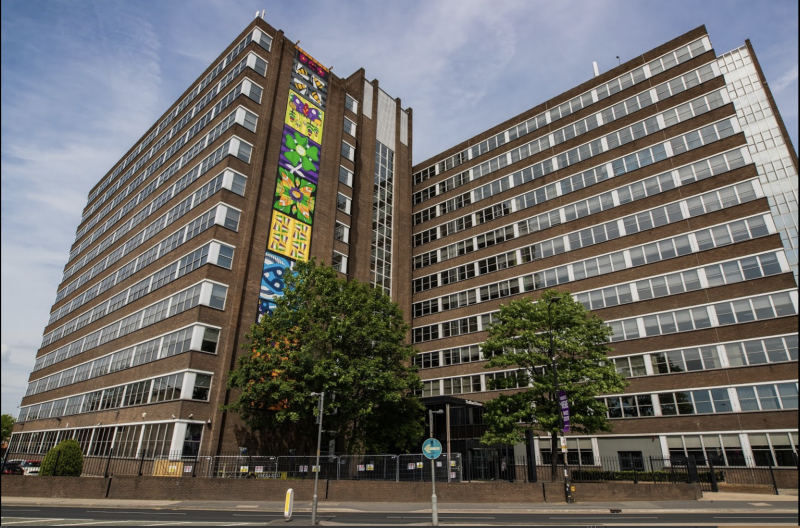
Infrastructure and Innovation: Five “S’s”
Spoiler alert at this point (its totally down to our fab team and very little to do with me).
Our journey with data has been nothing short of phenomenal over the last 5 years and I squirm a bit now if I look back to where we started from. Spoiler alert at this point (its totally down to our fab team and very little to do with me).
1. Systems
First of all back in 2017 we had to decide which performance management system to use. We went out to market and got tenders from a number of providers. We eventually settled on the CharityLog system, a performance management system which came well recommended and with the added benefit of being one which you could build and modify to best suit your individual organisational needs. We took the opportunity of implementing a new performance system to also move to being a paper-free organisation (although it was only in 2020 after a world wide pandemic that we really did fully make this move). At the same time as changing our performance management system, we also introduced a new financial system as we moved from Sage accounts to Xero. I’d almost forgotten that at the same time we were also moving over to a new phone system and so much time was spent working on phone pathways and recording phone messages.
We were going through the biggest change management process of our history, and it was the system change which in some ways was the most complex and time consuming. I learnt a real lesson here about not underestimating the time it takes to get full system integration when you are starting from scratch.
2. Skills
This leads me on nicely to another lesson I’ve learnt over the last 5 years and that is the real beauty and benefit of having people as part of your team who are just so much better than you. Our system change piece really indicated that we had a significant gap in our team and we recruited our Director of Business Intelligence not long after this. His role is not only to practically manage all of our systems but also to challenge everything we do from a viewpoint focussed on continuous improvement.
I’ve had more conversations about AI (artificial intelligence) over the last few years than I ever imagined a charity CEO would have.
We’ve automated processes wherever possible, to try and ensure that more time is spent working directly with people rather than on process related activity. I can now, at the touch of a button, get live performance data and feedback on all of our services, split by service area, postcode, or team. I’m constantly amazed by what I can see and how quickly I can analyse or extrapolate data.
3. Strategy
A few years ago, we started exploring the Charity Digital Code and as part of this exploration made the decision not to have a separate digital strategy, but instead incorporate digital throughout every element of our organisational strategy. Thankfully, this put us in a really good place, as when like most of the sector come March 2020, we had to pivot the organisation to be one that worked from home and was utterly reliant on digital to continue to deliver our services, we were slightly ahead of where we needed to be. We’d already invested in our digital infrastructure and began linking up all our different systems so that they spoke to each other. We continued being able to deliver services throughout the pandemic and the subsequent lockdowns, something which I’m really proud of.
4. Security
None of the digital improvements we’ve made or innovation we’ve seen would be at all possible without a focus on cyber security. I’m writing this the night before our monthly Cyber Security Taskforce meeting, a regular meeting that we scheduled in when the threat level for cyber attack was increased following the war in Ukraine. We’ve had Cyber Essentials accreditation for a few years but are now definitely in a time when we talk about cyber security much more than we ever have. It’s a regular agenda item at Board meetings and our taskforce meetings make sure it stays at the top of all our organisational risk management approaches. The need to be constantly reviewing our security measures has never been more important. We launched our Training Hub just over 12 months ago, a digital library of our organisational training and we’re currently designing advanced cyber security training to add to the data protection training that all our staff and trustees receive.
5. Sustainability
Looking forward, the plans for our future are totally interlinked with how we will continue to use and benefit from digital advances. We never intend to be an organisation that is wholly digital, as we totally believe in the power of human connection that comes from face-to-face contact, but we are totally committed to offering hybrid forms of delivery and choice as much as we can.
We want to offer choices both for the people we are here to serve and also the people who work or volunteer for us.
We’re on a journey now to being an organisation which uses data to inform our future decision making, helps us improve services and helps us identify gaps. We want to be an organisation where everyone is confident in how to use the data they have at their fingertips and has the digital resources and capabilities to make the data-led decisions they want to.
For us digital innovation is inextricably linked to the sustainability of our organisation.
Michelle
View the whole blog series
Written to mark our 5th Birthday
You may also like...
We think you may also be interested in

Michelle's Other Blogs
Check out the other topics our CEO Michelle has written about

Throwback blog
What did we learn just 2 years' into being TLC?

Covid-19 Information
Our infrastructure changed through Covid-19. Find current guidance here